OTHER APPROACHES TO SUSTAINABLE VEGETABLES
“Grass-fed Vegetables”
With gardening activities grinding almost to a halt, I can take a breath and reflect on the past season — one of the best seasons ever. Of course, I’ll “blame” the bountifulness mostly on the weather. Maybe I’m also becoming a better gardener. (Thomas Jefferson wrote, “Though an old man, I am a young gardener.”)
I wrote a couple of weeks ago about soil management here on the farmden. It’s simple and possibly sustainable. For the vegetable gardens: no digging, permanent beds, and an inch depth of homemade compost annually slathered onto those beds. For trees and shrubs, mulches of compost, wood chips or leaves, supplemented, if necessary, with soybean or alfalfa meal for additional nitrogen.
My September trip to Maine afforded me two other perspectives on soil management. The first came from a presentation by, and conversation with, Jim Kovaleski, who farms in northern Maine. His system is also simple and possibly sustainable. His farm has 5 acres of hayfield that feeds 1/2 acre of vegetables. “Grass-fed vegetables,” as he calls it. All he does is scythe the hayfield portions and pile the mowings onto the growing areas, in so doing suppressing weeds, locking moisture within the soil, and feeding the ground with the decomposing hay.
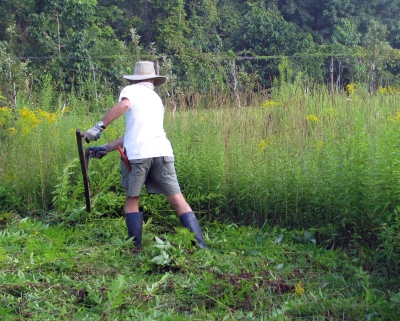
Me, scything my field
The question is whether or not the mowed portions can naturally regenerate nutrients through dissolution of native minerals and nitrogen fixation by microbes to keep up with the removal of mowings. Possibly, some essential micronutrient might be missing from that particular piece of ground. To avoid that possibility here on my farmden, I feed my compost a diversity of organic materials, from old Levi’s to orange peels, from Florida oranges, to neighbor’s autumn leaves, and, just to make further sure, kelp.
I didn’t get to visit Jim’s farm, but did hear first-hand testimonials praising the quality and yield of his vegetables.
Come fall, Jim moves his show south, with repeat performances at his mini-farm in suburban Florida, there using yard waste compost and seaweed he harvests to build and maintain soil health, sustainably.
Chicken-fed(?) Vegetables
I did get to visit Four Season Farm, the Maine farm of vegetable guru Elliot Coleman. His system is to grow vegetables for a season, then till the ground and sow grass and clover, graze chickens on that piece of land for a season before tilling it again to grow vegetables. The chickens’ diet is supplemented with bought grain. The bought grain reduces the system’s “sustainability quotient.” On the other hand, as Elliot emphatically pointed out, he is also growing chickens!
The bought grain reduces the system’s “sustainability quotient.” On the other hand, as Elliot emphatically pointed out, he is also growing chickens!
It would be interesting to measure all the inputs and outputs from my soil management, as well as those of Jim and Elliot. And also to quantify any trends in measures of soil health (nutrients, organic matter, soil tilth, etc.) and quality of vegetables.
A Fruitful Year, Literally!
As I drove the highways and byways of Maine, I was astounded at the number of wild, roadside apple trees, and their fruits’ freedom from pests. First, why so many wild trees? Does everyone there munch on apples while driving, then toss the cores out their windows? Why are there so few wild trees here in the Hudson Valley, a major apple-growing region?
And second, why so few pest blemishes on the fruits? In the Northeast — nay, the whole eastern part of the country — pests generally run rampant on apples. Then again, apples have done relatively well, pest- and otherwise this season here in the Hudson Valley also.
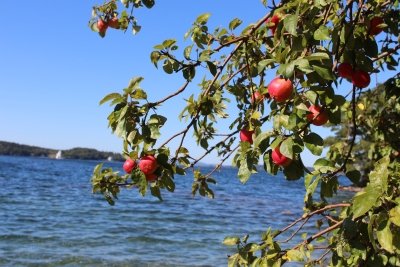
Maine’s wild apples
For that matter, it’s generally been an excellent season for all fruits. Even black walnuts, whose nuts haven’t filled out for the past few years (a legacy from hurricane Irene and tropical storm Lee?) bore abundant crops fat with nutmeats this year.
I had only one failure this year, pawpaws, and it was the first crop failure in decades. Why the poor showing? Again, I’ll blame it on the weather. But what about the weather could be to blame?

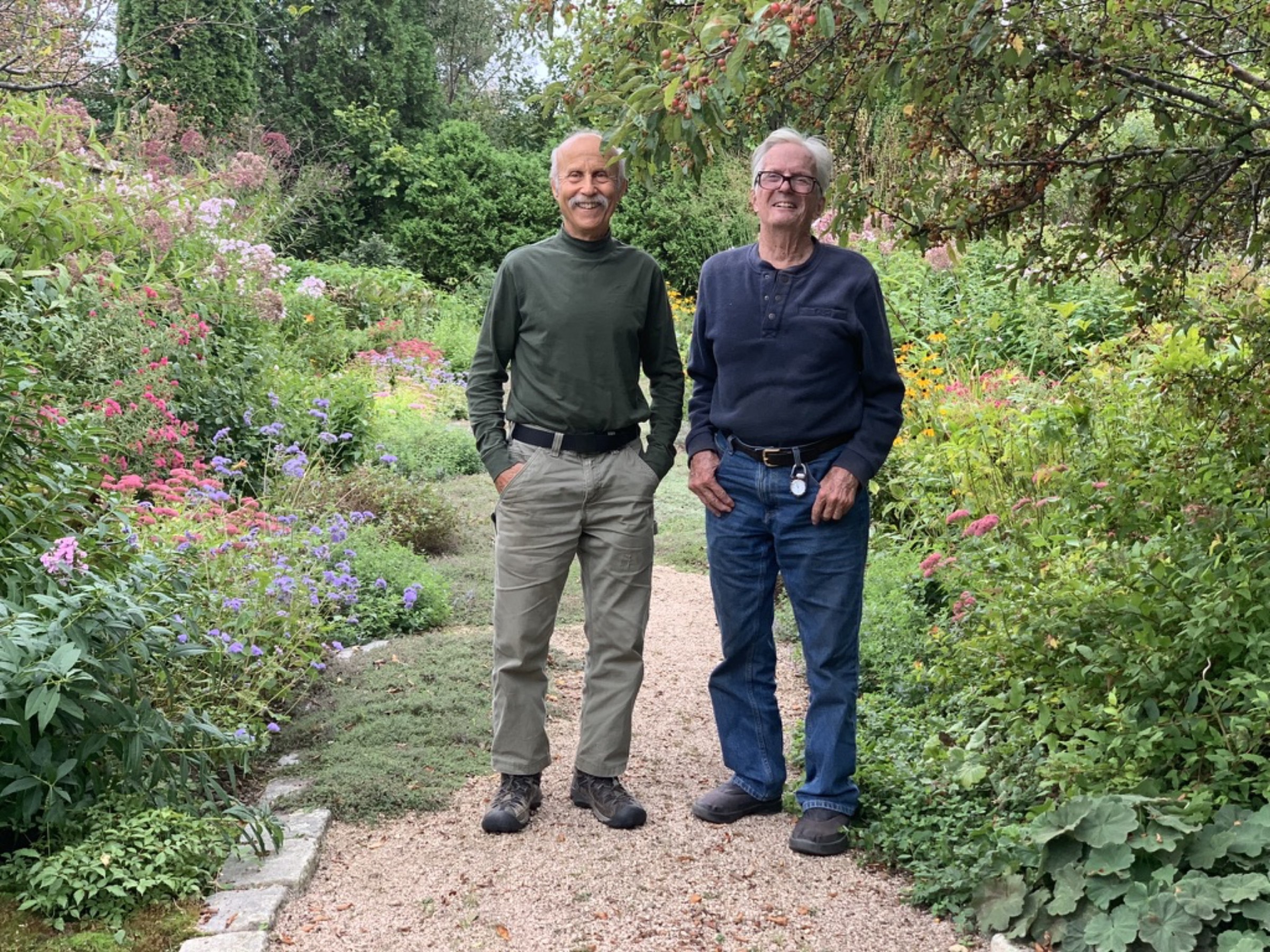
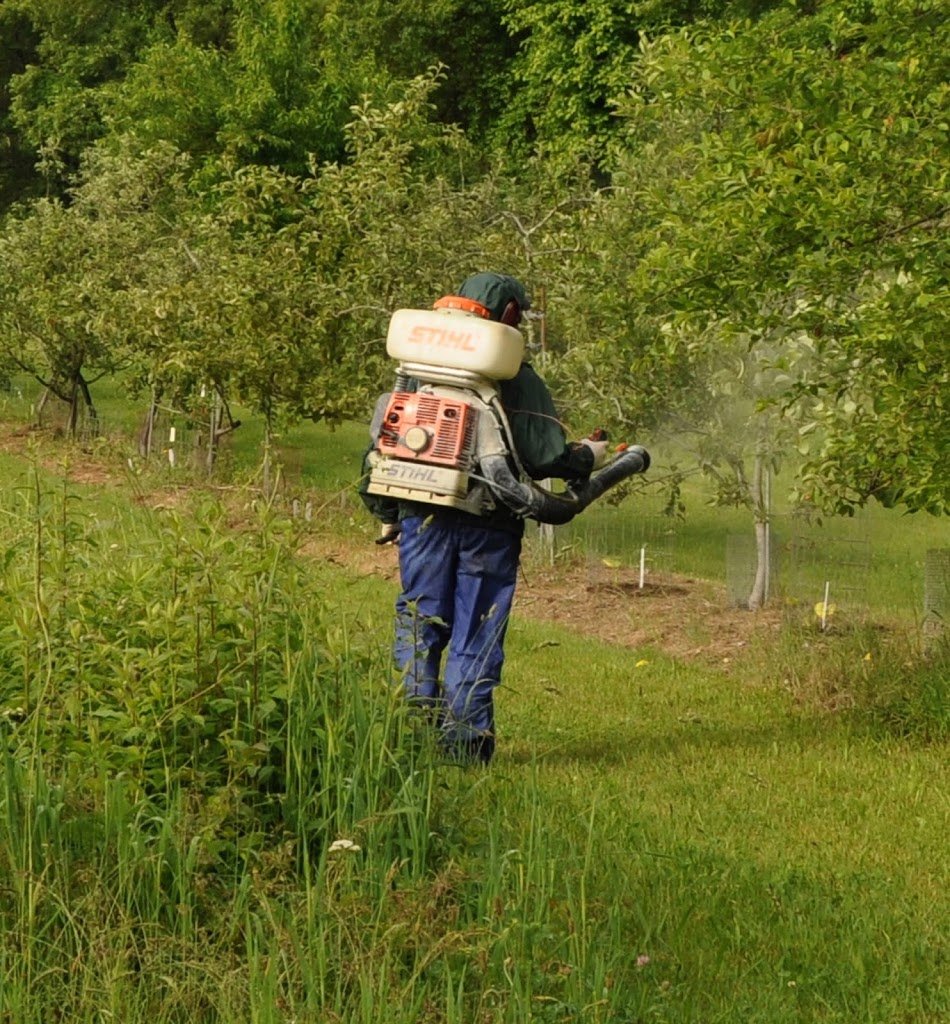
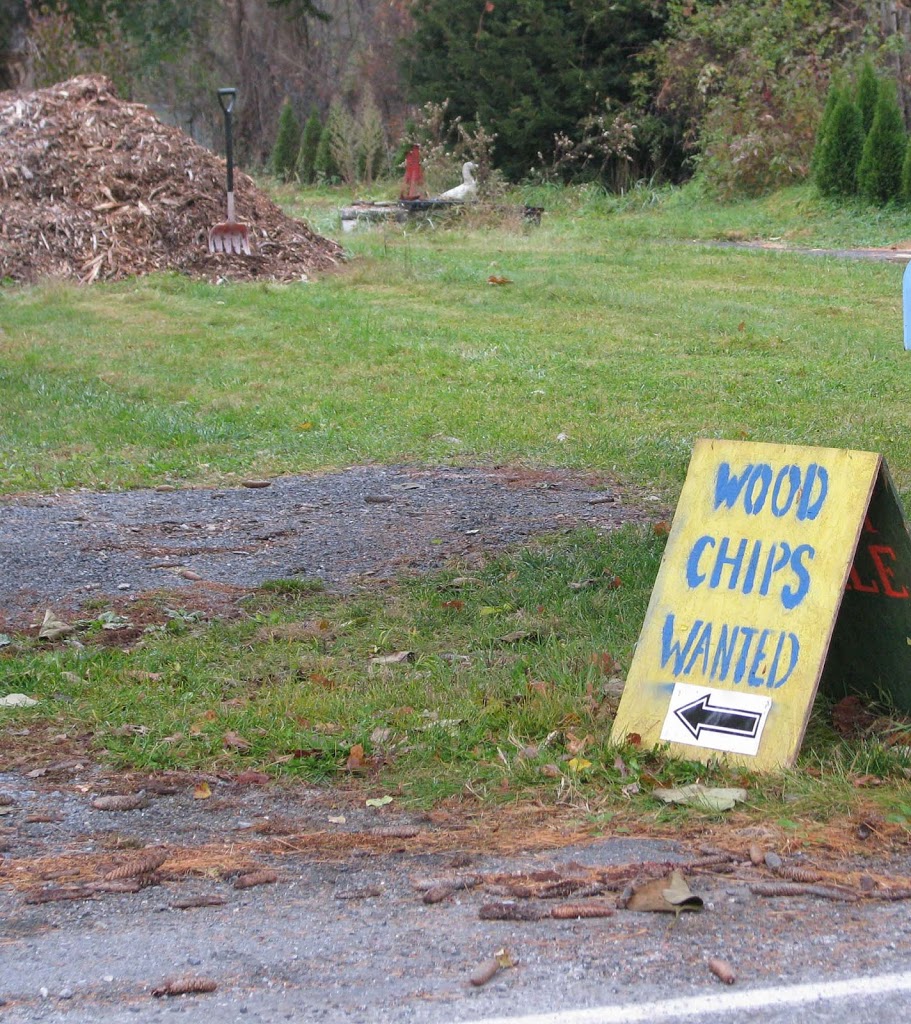
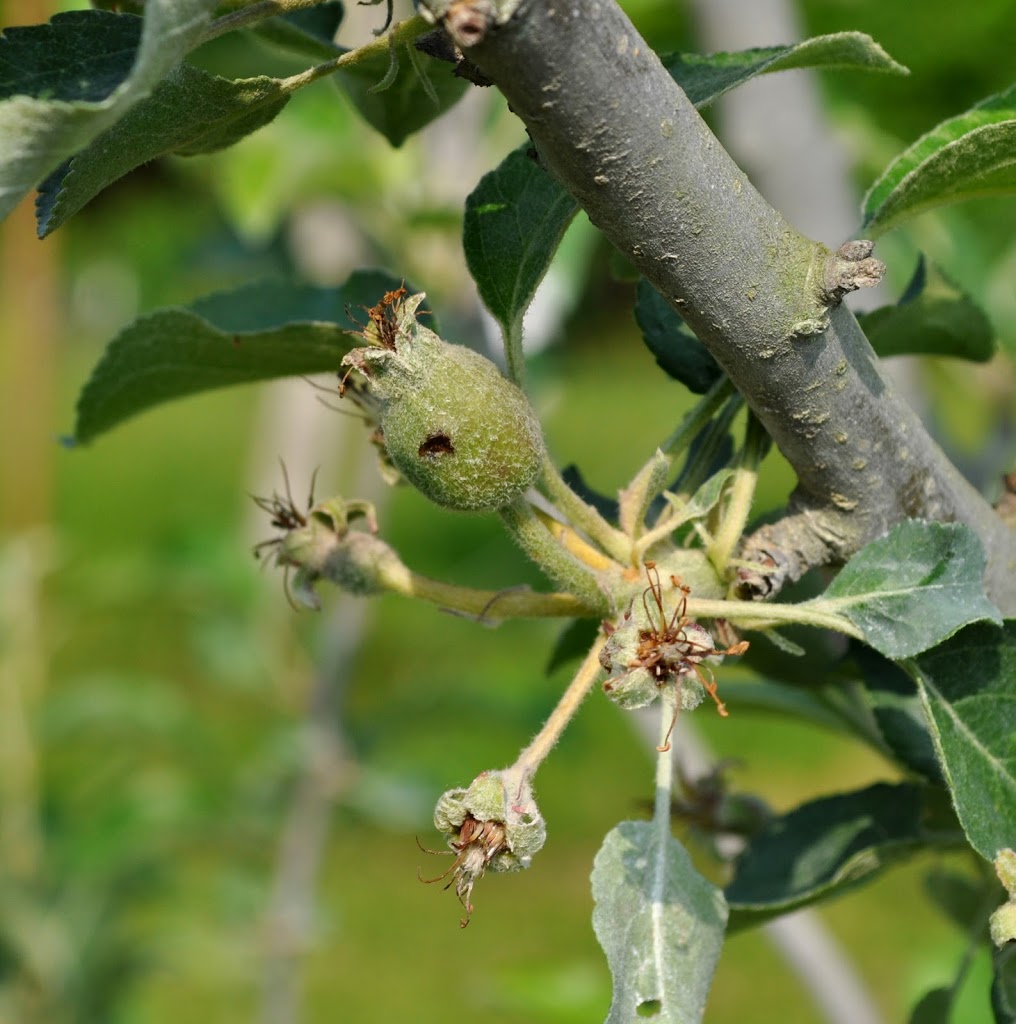
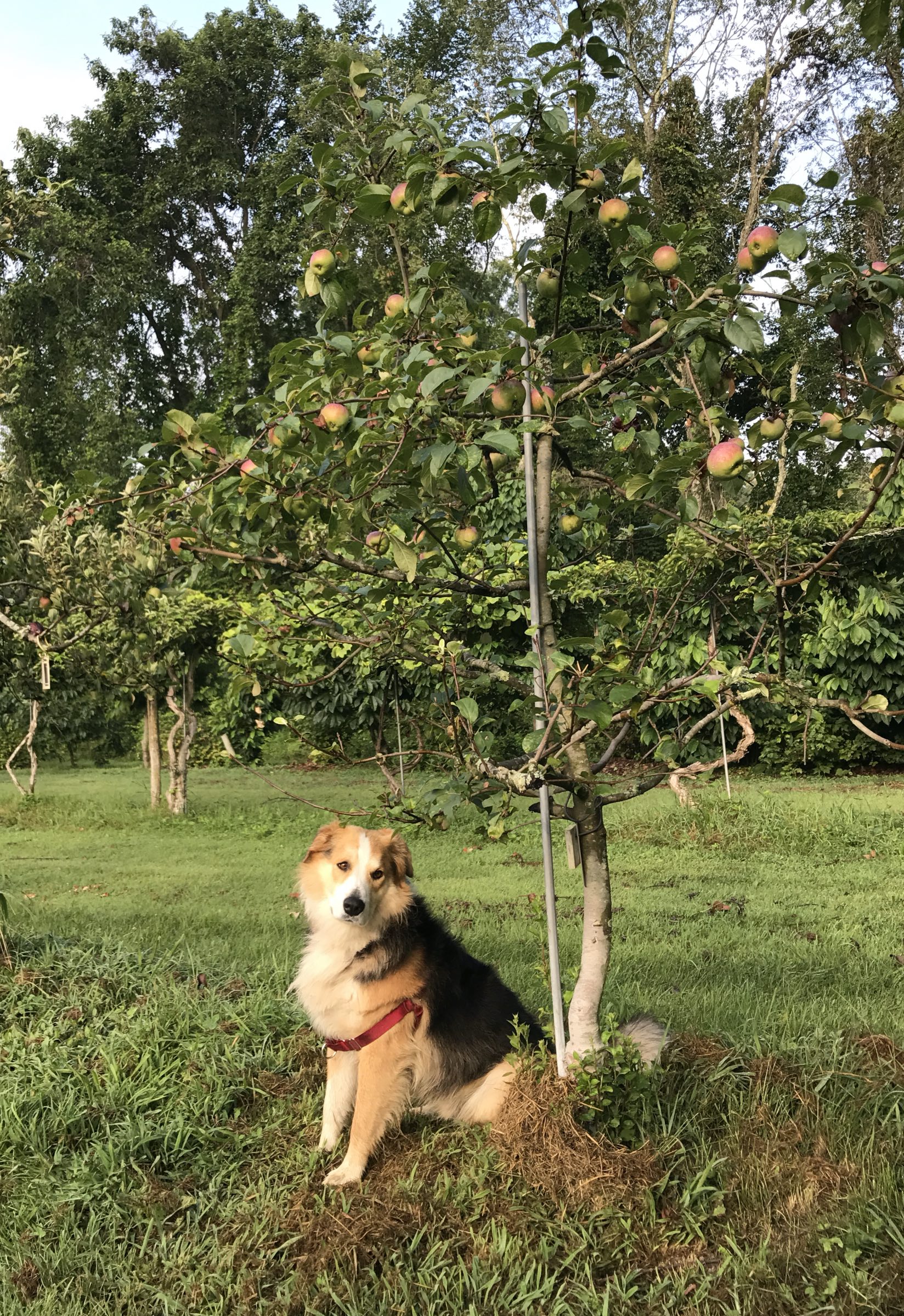

Possibly, some essential micronutrient might be missing from that particular piece of ground.
If the field is underlaid with a healthy mycorrhizal network, then perhaps they link to other networks that do contain the essential micronutrient. We know that mycorrhizal fungi network to at least 30 metres and that [t]he indicated ability of AM fungal mycelia to anastomose in soil has implications for the formation of large plant-interlinking functional networks, long-distance nutrient transport and retention of nutrients in readily plant-available pools.
A soil test of the field would indicate if it was missing or low in a particular micronutrient and a tissue test of plants in the field would indicate that there might be something mycorrhizal at work.
Seems to me that Jim is working with Nature as much as one can and letting Nature do the detail work. LOL
All true, but there are some regions where a certain micronutrient is absent in soils and rock matrix. If the micronutrient is missing, mycorrhizae can’t correct the deficiency. In such cases, the micronutrient should be added. As I wrote, if compost is made from a variety of materials, including non-local, it can be used to avert a deficiency if the deficiency is not severe.
Eliot coleman used to add tons of imported free or very cheap organic matter to his soil according to his books and talks. He used to scythe weeds and take vacation “farm” hay (people who want a farm just for looks) by tricking them in to thinking it was a fire hazard. I think at this point their soil is so built up that it would take a lot to reduce the organic matter. Also, I thought he only grazed the chickens in fields that would be corn and other crops that like high nitrogen?
It’s ok not to be sustainable if buying hay or grain according to the 1976 self sufficiency book. Blanking on the author name right now. Someone and Sally Seymour?
https://en.m.wikipedia.org/wiki/John_Seymour_(author)
As far as sustainability, that is harvesting something from one place — the hayfields — to feed another place — his gardens. If the fields were mowed at long enough intervals to allow release of nutrients from the soils’ rock matrices and for symbiotic and nonsymbiotic N fixation, this system would, I think, be sustainable.
His chicken enrichment system is new.